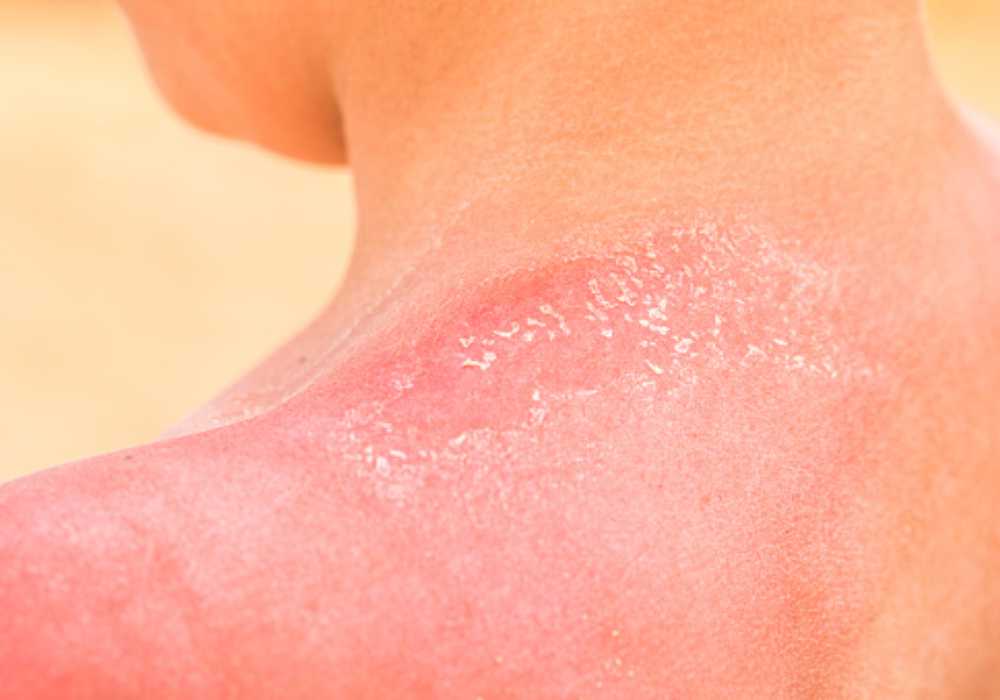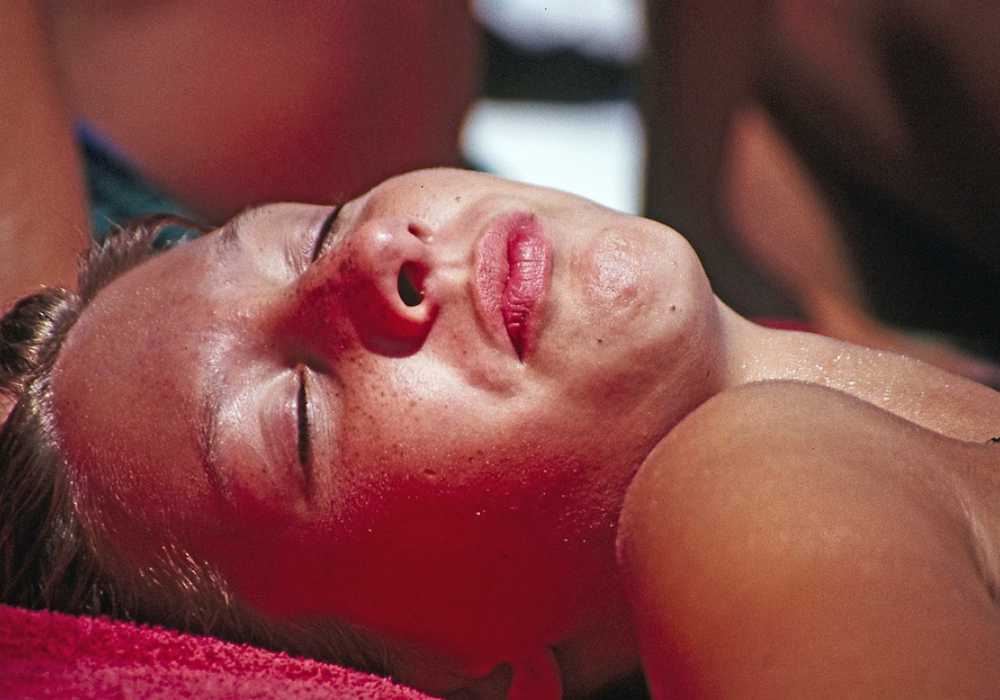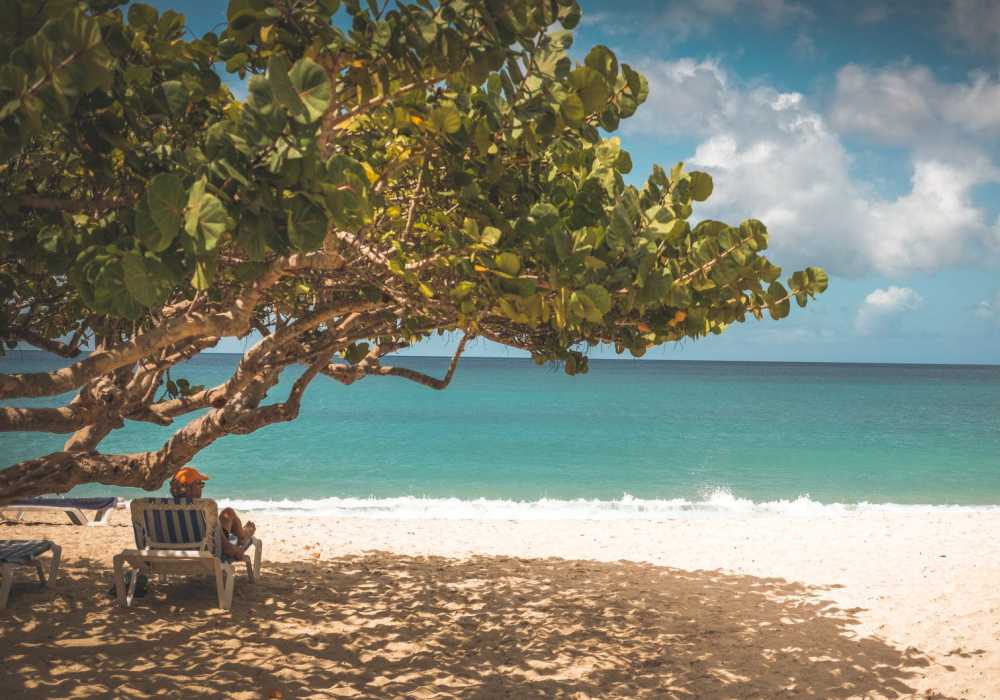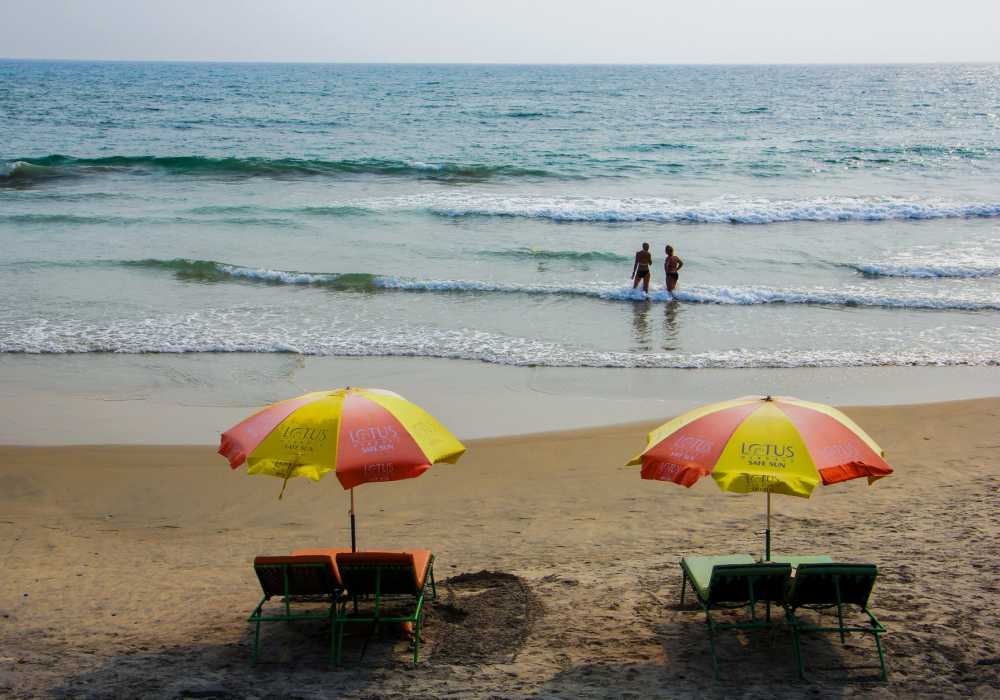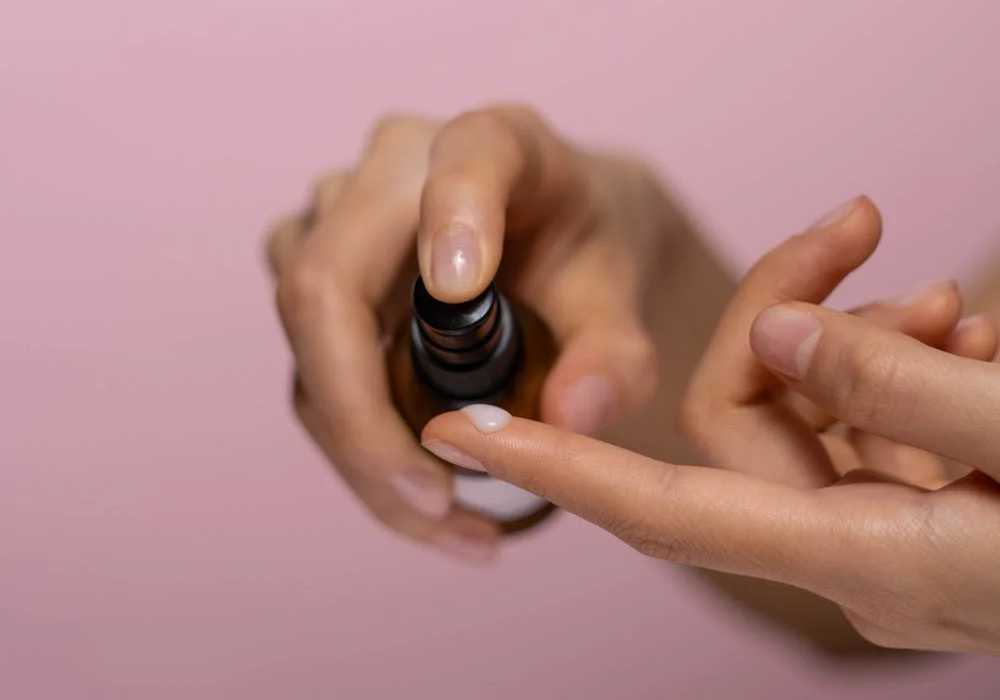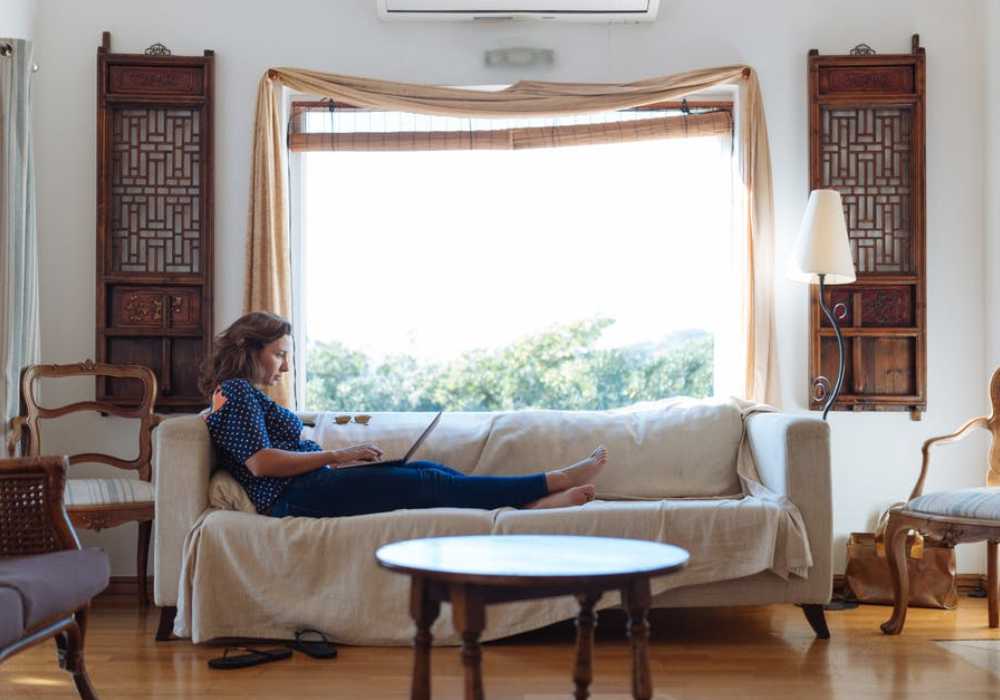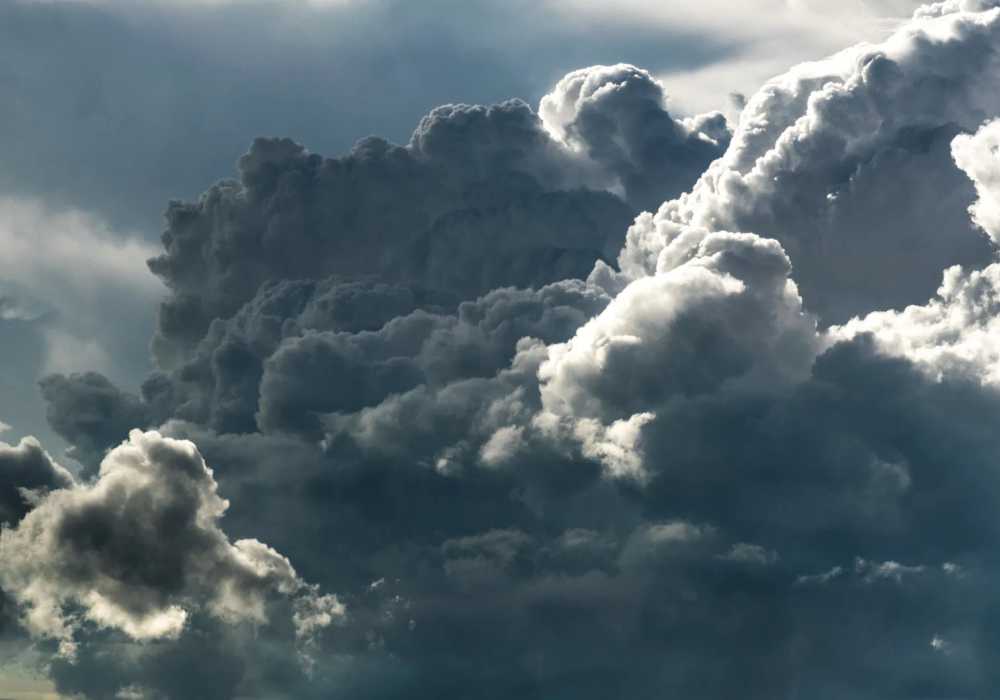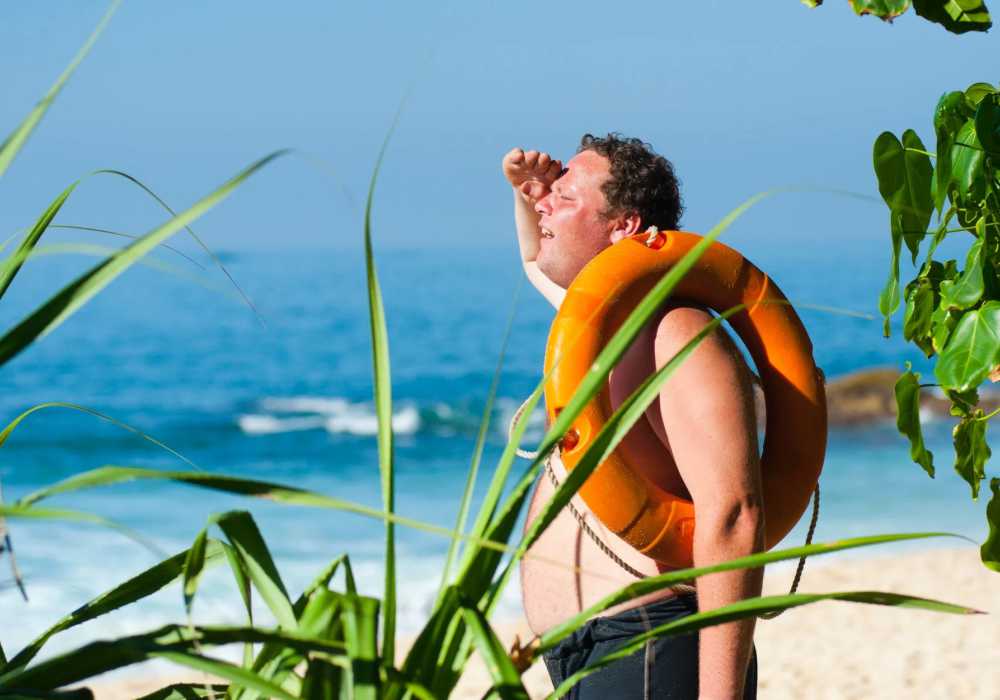As an Affiliate, We may earn a commission that doesn't cost you extra from qualifying purchases using links in this post. It helps keeps this blog running.
It’s not a perfect world and tanning in the sun is not always an option. Although there’s a general misconception that tanning is only possible on sunny days. This could not be further from the truth, because you can tan when it’s cloudy but takes a little more time. Aside from the time, it will take you to tan getting longer there isn’t any major difference between tanning on a cloudy day and when it’s sunny and that includes getting sunburned on a cloudy day.
Read A Specific Section
So, what exactly is a sunburn?
Well, a sunburn is your skin’s reaction to the ultraviolet (UV) rays of sunlight. It can also be referred to as a form of radiation burn that typically occurs after excessive exposure to the sun. You can develop this condition if you spend too much time in the sun or sunbath a lot.
You’ll know you’ve gotten a sunburn when your skin turns red and feels hot to the touch. You’ll also experience severe pain, swelling, itching, or peeling of the skin during this time.
Although sunburns are most common in tropical areas where there is an abundance of sunlight all year round, it’s possible for them to occur even when you tan in overcast weather conditions or on a cloudy day.
You should always wear sunblock or some other type of sunscreen cream that has a minimum SPF of 20 to protect your skin from sunburn.
Can you get sunburned on a cloudy day?
Yes, you can get a sunburn even when the weather is cloudy because sunburn does not have much to do with direct sunlight, sun burn is about your skin absorbing too much ultraviolet rays. UV lights can penetrate clouds making tanning and sunburn possible even on cloudy days. Therefore it’s important that you learn and know how to protect yourself from getting sunburned when tanning in cloudy weather.
So, sit back and relax while we discuss what getting sunburned on a cloudy day could mean, and how to avoid sunburns on a cloudy day.
Can you get sun damage on a cloudy day?
Yes, you get sun damage even on a cloudy day. While tanning in cloudy weather might be soothing and Vitamin D is easier to get, overexposure to the sun during cloudy days will damage and burn your skin, and that’s not all, other sun damage that could happen includes:
- Wrinkles on face, neck, hands, forearms, ears, or lips.
- Loss of skin elasticity
- Overexposure to sun, radiation can negatively affect blood vessels in the brain, heart, and other organs
- Low Vitamin C levels
- Premature Aging
- Skin Cancer
- The slow down of collagen production and delays of cell turnover.
- Acne breakouts because the sun increases oil secretion in skin pores.
To avoid sun damage and protect your skin, always wear sunglasses and apply sunscreen before stepping out, before sunbathing, and before using tanning beds.
Can you get sunburned in the shade?
Shades can serve as good protection against direct sunlight and its UV radiation, but yes, you can still get sunburn even while in the shade. This is because, even though the rays are not falling on you directly, the sun’s rays can still reflect off objects like the ground, tiles, water, glass, steel, or other surfaces around you without you noticing.
The only difference that appears to be between getting a sunburn while sunbathing directly under the sun and while hiding under the shade is the time it takes for sunburn to happen. Since the shade has covered the most direct hit of UV rays, it will take a longer time for the object’s reflected rays to cause noticeable damage like sun burn on the skin compared to taking the UV rays hit directly.
How To Prevent Sunburns in the Shade
The most effective way to avoid sunburn in the shade is to completely stay away from the sun. But that’s almost impossible because we need sun, other ways to prevent sunburn in the shade while still getting the benefits of sun includes:
- Applying a sunscreen with a minimum SPF of 30 even in the shade. UV rays can be reflected off other surfaces such as the floor, sand, tiles, snow, cement, steel, glass, and water.
- Wearing a hat with a wide brim.
- Wear protective long-sleeved clothing rated with UV protection factor that will protect your skin from the sun.
When selecting and using Sunscreen:
- Ensure the sun protection factor (SPF) is 30 or higher.
- Choose a broad-spectrum sunscreen that can block UVA and UVB rays.
- Go for the one that is resistant to water.
- If you are putting on clothes, make sure it’s evenly applied to every exposed part of your body, which includes the face, neck, arms, hands, ears, lips, legs, and feet.
- It’s best applied 30 minutes before going outside.
- If you will be swimming, exercising, or sweating a lot, then always reapply every 2-3 hours.
Can you get sunburn after sunset?
Although it rarely happens, but yes, you can get sunburn after sunset but not as much as when the sun is directly overhead. After 5 pm or 6 pm, the light from the sun has drastically been reduced by approximately 65% and it does not really come directly from the sun again, but through reflections.
UV rays are at their strongest between 10 am to 4 pm and at their weakest during sunset. So if you are wondering if you can get a sunburn after 5 pm or 6 pm, then you know, that even if the sun appears to be weak during this time, there are still reflected UV rays that cause sunburn in the atmosphere.
So put on your sunscreen and sunglasses to avoid sun damage, eyes irritation, and sunburns.
Can you get a sunburn before 10 am?
Is it possible to get a sunburn before 10 am if sunrays are confirmed to be at their strongest starting from 10 am?
Yes, it is technically possible to get a sunburn in the early morning hours before 10 am even if the rays are not strong yet, and without direct sunlight exposure. As it’s often been discussed, what matters more is the intensity of the light and length of exposure. If one spends long enough time outside in strong morning sunrays, he or she can burn just as easily as being exposed for a shorter period during sunny noon. This is because the sun radiation intensity does not drop below a certain level overnight, and the amount of UV rays present in the morning before 10 am is enough for direct exposure to cause sunburns or further skin damage as a result of over-exposure to the sun UV rays.
Conclusion
Direct sunlight is not the only reason for getting a sunburn, and it has been proven that other sources such as reflections of rays can also cause sun damage. So if you want to avoid possible dangers of overexposure to sun ultraviolet (UV) rays like skin cancer or premature aging, make sure to use sunscreen with at least SPF 30 while also wearing protective clothing with UV protection factor, even when it’s cloudy because the sun constantly emits harmful ultraviolet (UV) rays that can reach and get you sunburned on a cloudy day.

I’m Akin, your dedicated Editor-in-Chief and a fervent skincare enthusiast. Self-care is my true passion, and each year, I embark on a thorough exploration of self-tanning products, ranging from lotions to mists. This forms the bedrock of our commitment to delivering top-notch information to our readers. My extensive research and precise product rankings empower you to make informed decisions tailored to your specific skincare needs.
Unlock the Secrets to Achieving Your Ideal Tan with This Comprehensive Checklist
